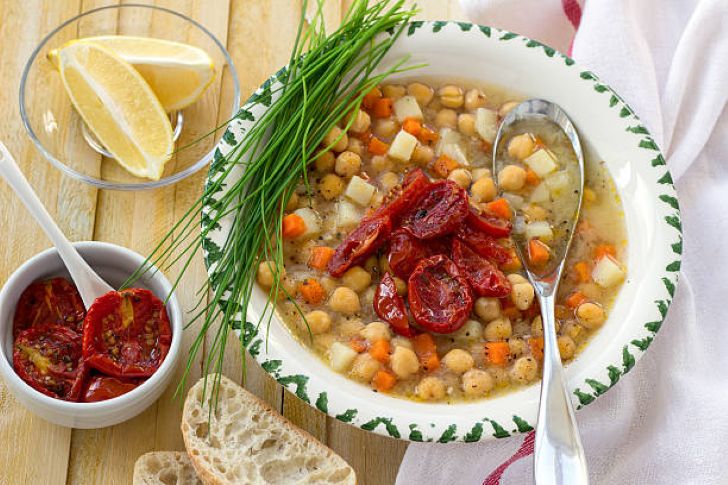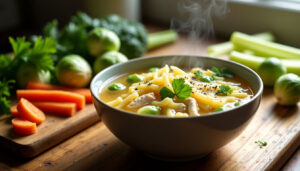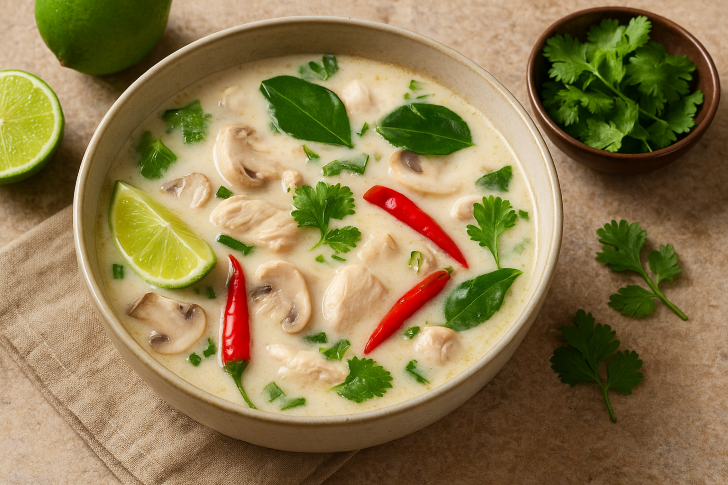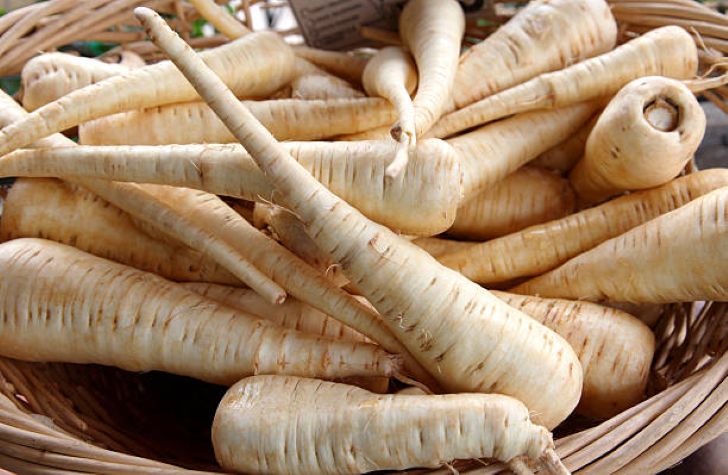Winter Comfort in a Bowl: The Iconic Dutch Pea Soup
As winter sets in and frost blankets the Dutch countryside, a hearty and warm tradition fills homes, markets, and cafés across the Netherlands: ‘erwtensoep‘, or Dutch pea soup. This thick, green stew is not just a dish but a cultural symbol of resilience against the biting cold.
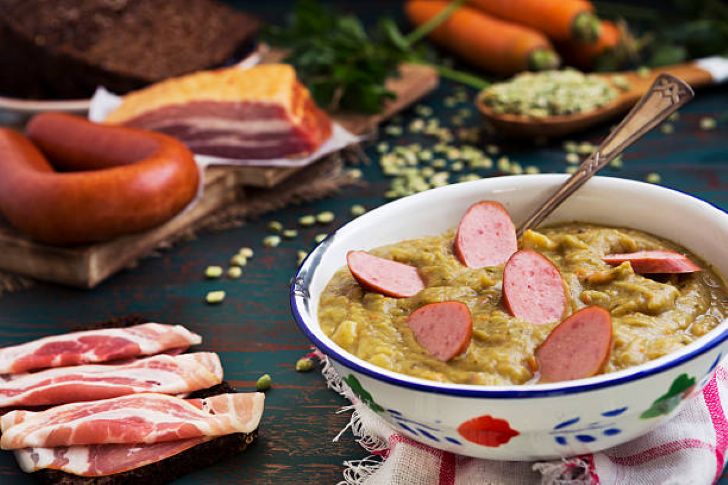
A History of Hearty Heritage
Erwtensoep has been a staple in Dutch cuisine for centuries. Its origins date back to a time when the Netherlands was a predominantly agricultural society, and farmers needed nutrient-dense meals to sustain them through harsh winters. Combining dried split peas with pork and root vegetables, the soup offered an affordable, long-lasting, and deeply nourishing option for families.
Today, erwtensoep is synonymous with winter nostalgia. It is often served during ice-skating events on frozen canals such as the iconic ‘elf-steden tocht‘ or as a post-hike meal after braving icy winds. Traditionally, it is also enjoyed on New Year’s Day during the ‘Unox New Year’s Dive‘ in Scheveningen, though its comforting qualities make it a winter-long favorite.
What Sets Erwtensoep Apart?
Dutch pea soup is no ordinary soup; its distinctiveness lies in its thickness and richness. Ne next day the pea soup is called ‘Snert’ and locals jest that the soup should be so dense that a spoon can stand upright in it.
The main ingredients include:
- Split green peas: The base of the soup, which breaks down during cooking to create a creamy texture.
- Smoked pork: Often in the form of rookworst (smoked sausage), bacon, or ham hock, which imbues the dish with a savory depth.
- Root vegetables: Carrots, celeriac, and leeks add layers of sweetness and earthiness.
- Herbs: Bay leaves and thyme bring subtle aromatics to the mix.
The soup is traditionally cooked in large batches, as it is known to taste even better the day after preparation, when the flavors have melded.
Traditional Recipe for Dutch Pea Soup (Erwtensoep)
Ingredients (Serves 6–8):
- 500 g (1 lb) dried green split peas
- 1.5 L (6 cups) water
- 1 ham hock (or pork shank)
- 200 g (7 oz) smoked bacon or pancetta, diced
- 1 smoked sausage (rookworst), sliced
- 1 medium celeriac (celery root), peeled and diced
- 2 large carrots, peeled and sliced
- 2 leeks, cleaned and chopped
- 1 medium onion, diced
- 2–3 bay leaves
- 1 tsp dried thyme
- Salt and pepper to taste
- Rye bread (roggebrood) and butter for serving
Instructions:
- Prepare the split peas: let them soak overnight and rinse the split peas under cold water until the water runs clear.
- Cook the base: In a large pot, combine the split peas, water, ham hock, bacon, bay leaves, and thyme. Bring to a boil, then reduce the heat to a simmer. Skim off any foam that rises to the surface.
- Simmer and soften: Let the mixture simmer for about 45 minutes, stirring occasionally, until the split peas start to break down.
- Add vegetables: Stir in the celeriac, carrots, leeks, and onion. Continue to simmer for another 30–40 minutes, or until the vegetables are tender and the soup has thickened.
- Finish with sausage: Remove the ham hock from the soup, shred the meat, and discard the bone. Return the shredded meat to the pot. Add the smoked sausage slices and heat through for 10 minutes.
- Season and serve: Remove the bay leaves, season with salt and pepper to taste, and ladle the soup into bowls. Serve with slices of rye bread and butter.
A Winter Tradition
Serving erwtensoep often involves slices of rookworst placed atop the bowl and a side of roggebrood (rye bread), which is typically slathered with butter or topped with smoked bacon. The pairing of warm, savory soup and the nutty sweetness of rye bread is a culinary match made in heaven.
Regional Variations
While the classic recipe is widely adored, variations exist across the Netherlands. Some cooks add potatoes for extra creaminess, while others include a blade steak, cooked for several hurs in a crock pot or Dutch oven for the extra rich beefy flavor. In modern kitchens, vegetarian versions have emerged, replacing pork with smoked tofu or additional root vegetables to retain the smoky flavor profile.
A Bowl of Warmth for Every Winter Table
Whether you’re skating along the canals, strolling through snowy streets, or simply yearning for a bowl of winter comfort, erwtensoep is the dish to turn to. It’s not just a meal—it’s a tradition, a memory, and a testament to the Dutch spirit of making the most out of cold, dark days.

So this winter, when its really cold, why not try to make a typical Dutch erwtensoep? Gather your ingredients, invite some friends, think of ice scating on the canals and let the warmth of this iconic dish fill your home with love and flavors and emotions.

